Introduction:
In the realm of herbal teas, mulberry fruit tea, or sangshen cha as it might be affectionately known in some circles, stands out for its unique blend of flavors and health benefits. Derived from the ripe fruits of the mulberry tree (Morus alba), this tea boasts a sweet and slightly tart taste, accompanied by a subtle earthiness that delights the palate. Beyond its delightful taste, mulberry tea is cherished for its ability to nourish the body, enhance energy levels, and support overall well-being. This guide delves into the intricacies of crafting mulberry fruit tea, from selecting the finest ingredients to perfecting the brewing process, ensuring you can enjoy this elixir in the comfort of your own home.
Section 1: Understanding Mulberry Fruit
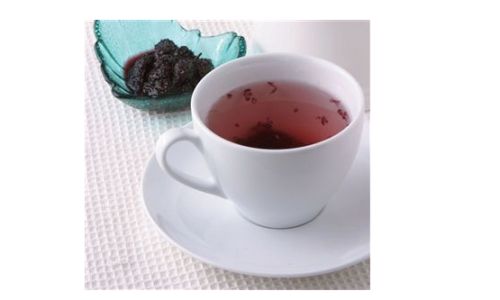
Mulberries are edible fruits that grow on deciduous trees belonging to the genus Morus. Native to China, these fruits have a long history of being used in traditional medicine and cuisine. They are rich in antioxidants, vitamins, minerals, and fiber, making them a powerhouse of nutrition. The fruits vary in color from red to purple to black, with each variety offering a slightly different flavor profile. For tea making, ripe, dark purple or black mulberries are preferred due to their robust flavor and higher concentration of beneficial compounds.
Section 2: Selecting the Best Mulberries
Crafting a superior mulberry tea begins with selecting high-quality mulberries. Here are some key criteria to consider:
- Ripeness: Ensure the mulberries are fully ripe. They should be plump, juicy, and deeply colored.
- Freshness: Opt for freshly picked mulberries or those that have been recently dried. Fresh fruits retain more of their natural sweetness and aroma.
- Origin: Choose mulberries from trusted sources known for their organic farming practices to avoid pesticides and other contaminants.
- Variety: Experiment with different mulberry varieties to discover your preferred taste profile. Some varieties may offer a sweeter taste, while others might be more tart.
Section 3: Preparing the Mulberries for Tea
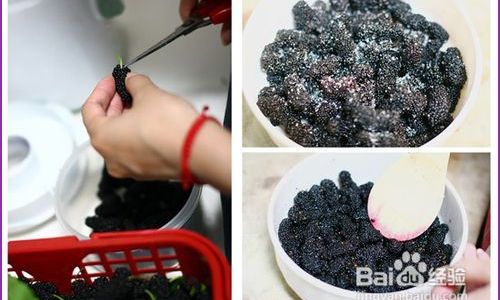
Once you have your mulberries, there are several ways to prepare them for tea making:
- Fresh Use: If using fresh mulberries, rinse them thoroughly under cold water to remove any dirt or debris. Pat them dry using a clean cloth.
- Drying: For a more concentrated tea, dry the mulberries. This can be done naturally by laying them out on a baking sheet in a single layer and allowing them to air-dry in a well-ventilated area, or using a food dehydrator set to a low temperature. Dried mulberries can be stored in an airtight container for several months.
- Blending: Consider blending mulberries with other complementary herbs or fruits such as hibiscus, rosehips, or lemon peel to create a more complex flavor profile.
Section 4: The Brewing Process
Now, let’s dive into the art of brewing mulberry fruit tea:
-
Infusion Method:
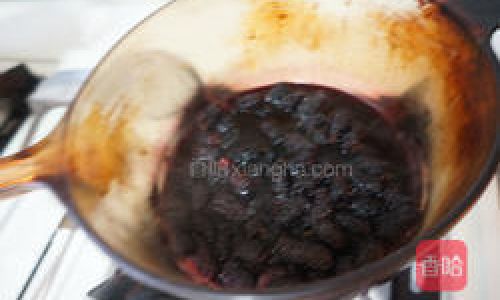
- Hot Tea: Place a handful of fresh or dried mulberries into a teapot or infuser. Pour hot water (not boiling, as this can bitter the tea) over the mulberries and allow them to steep for about 5-7 minutes. Strain the tea into cups and enjoy.
- Cold Brew: For a refreshing cold brew, place mulberries in a pitcher or large jar. Pour cold water over them and let the mixture sit in the refrigerator for 4-6 hours or overnight. Strain before serving over ice.
-
Adjusting Flavor:
- Sweeteners: If desired, add a touch of honey, maple syrup, or a natural sweetener like stevia to balance the tartness of the mulberries.
- Spices: Experiment with adding a pinch of cinnamon, cardamom, or ginger for an aromatic twist.
-
Serving Suggestions:
- Garnish your tea with fresh mint leaves, lemon slices, or a sprinkle of edible flowers for an added touch of elegance.
- Pair your mulberry tea with light snacks like fruit slices, nuts, or grain-free cookies for a delightful afternoon tea experience.
Section 5: Preserving and Storing Mulberry Tea
- Fresh Tea: Fresh mulberry tea should be consumed immediately after brewing to enjoy its peak freshness and flavor.
- Dried Mulberries: Store dried mulberries in an airtight container in a cool, dark place to preserve their quality and flavor. Properly stored, they can last for several months.
- Brewed Tea: Brewed mulberry tea can be stored in the refrigerator for up to 2 days. Reheat gently if serving as hot tea, or enjoy chilled directly from the fridge.
Conclusion:
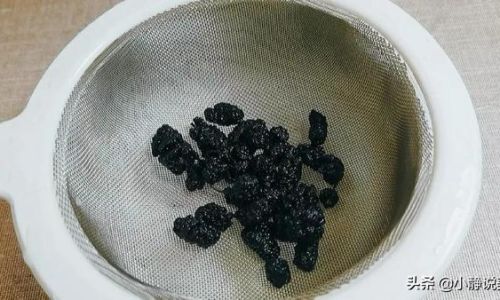
Crafting mulberry fruit tea is not merely a process but an art form that combines the science of herbalism with the joy of culinary creativity. By following these steps and experimenting with different techniques and ingredients, you can create a mulberry tea that is not only delicious but also deeply nourishing. Whether enjoyed as a soothing hot beverage on a chilly day or as a refreshing cold brew on a warm summer afternoon, mulberry tea offers a delightful way to incorporate the natural wonders of the mulberry tree into your daily routine. So, gather your ingredients, roll up your sleeves, and embark on a journey to discover the magic of mulberry fruit tea.
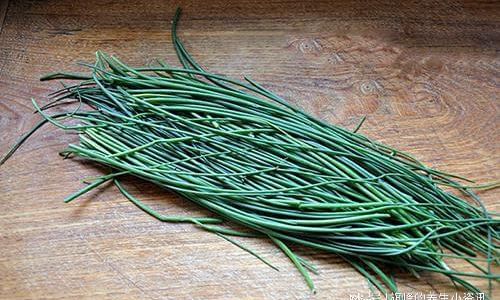

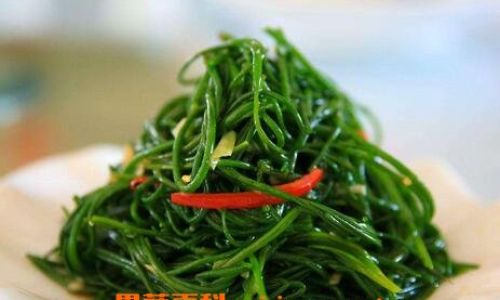


0 comments